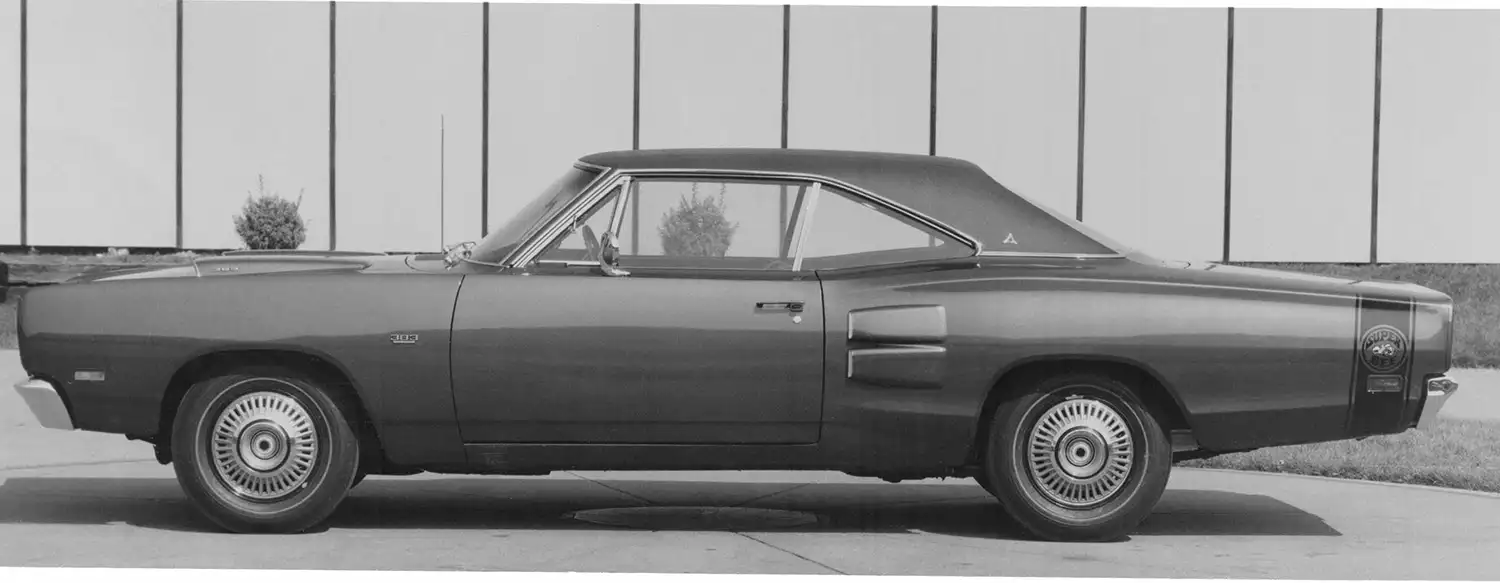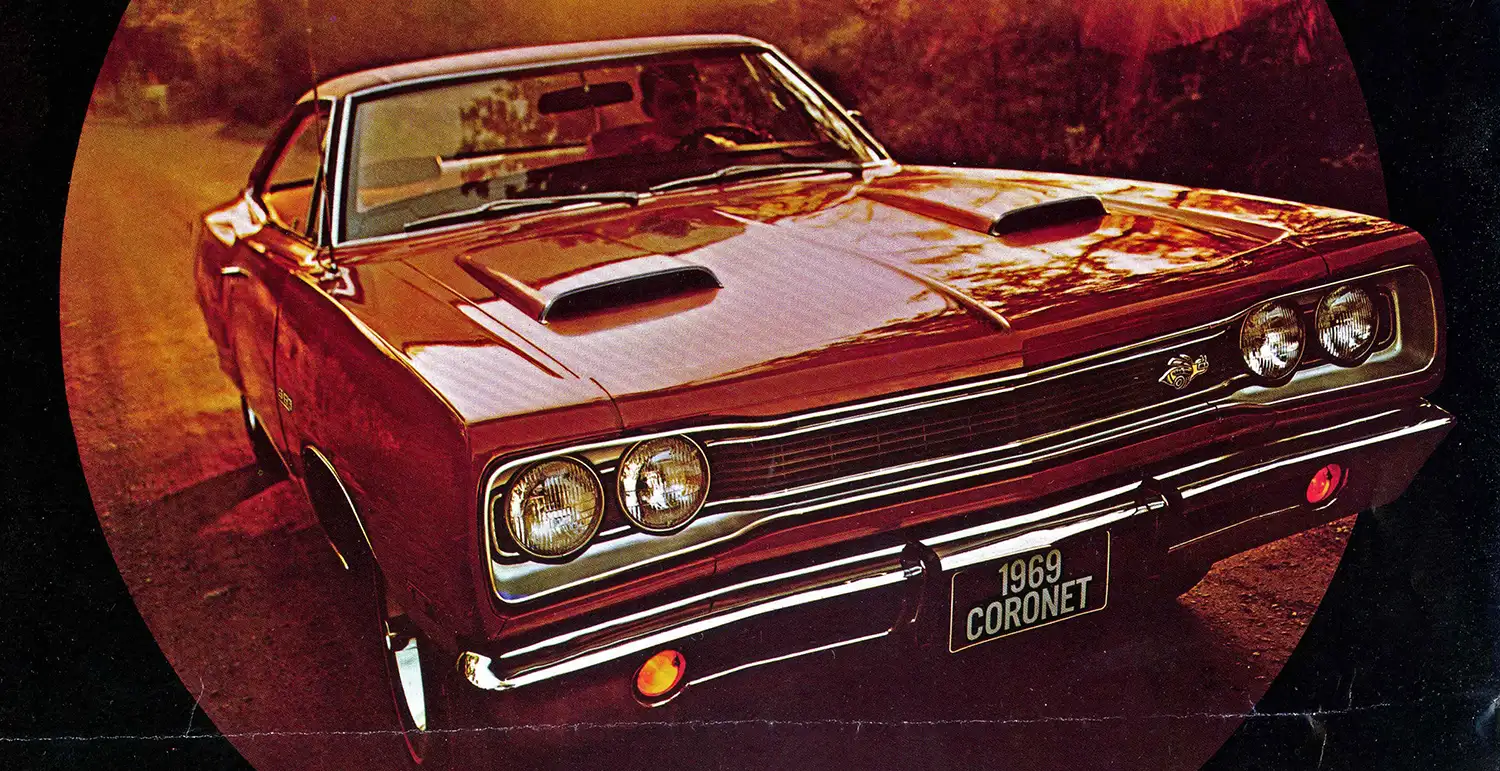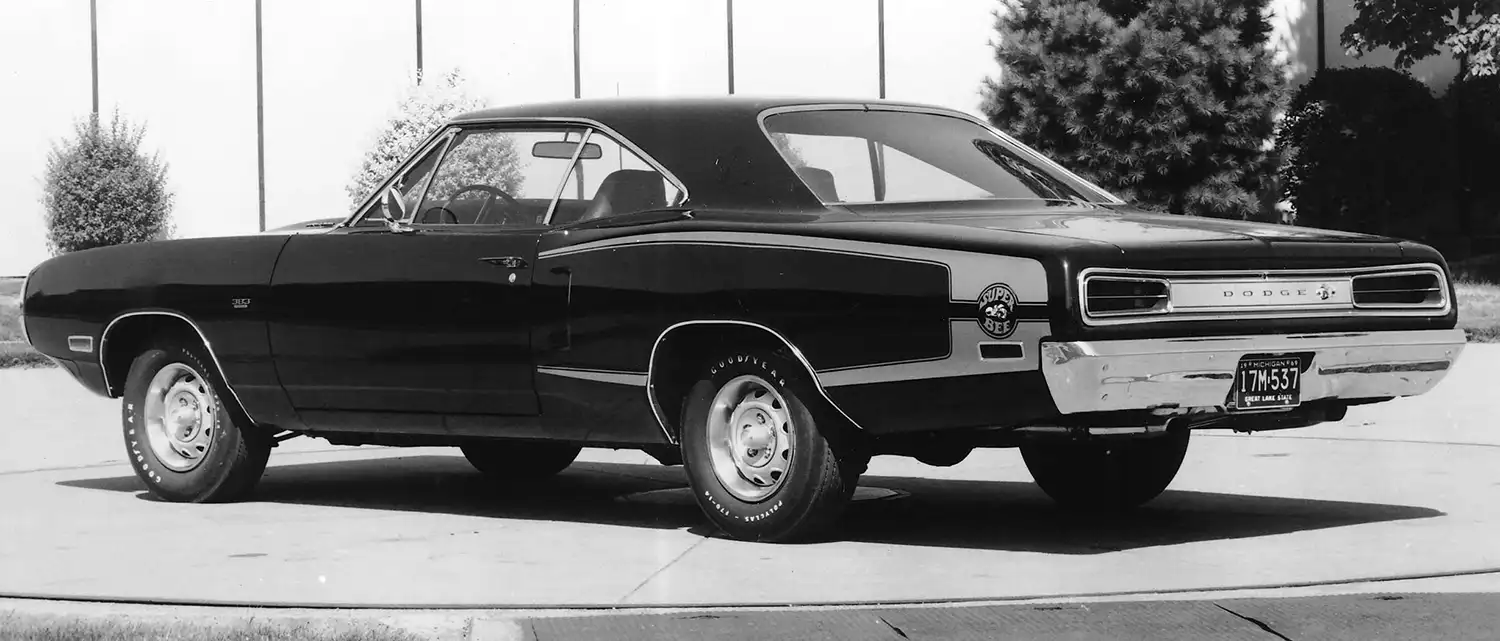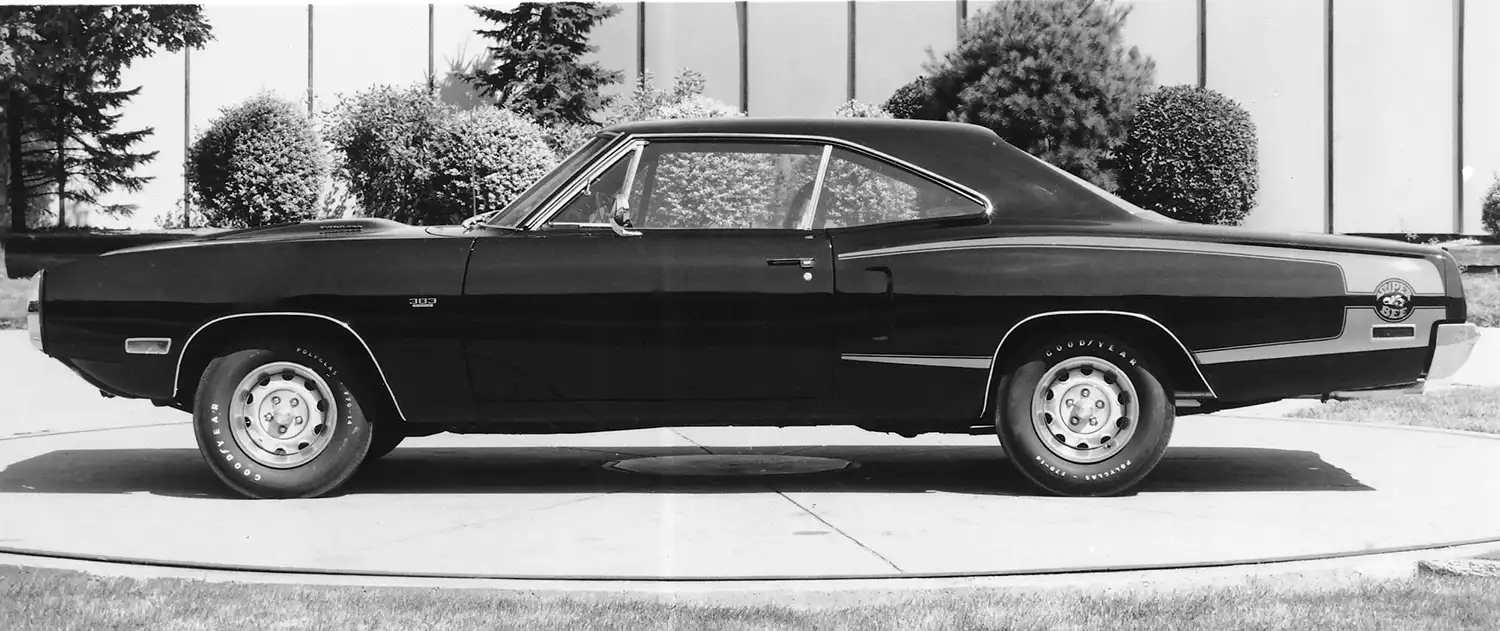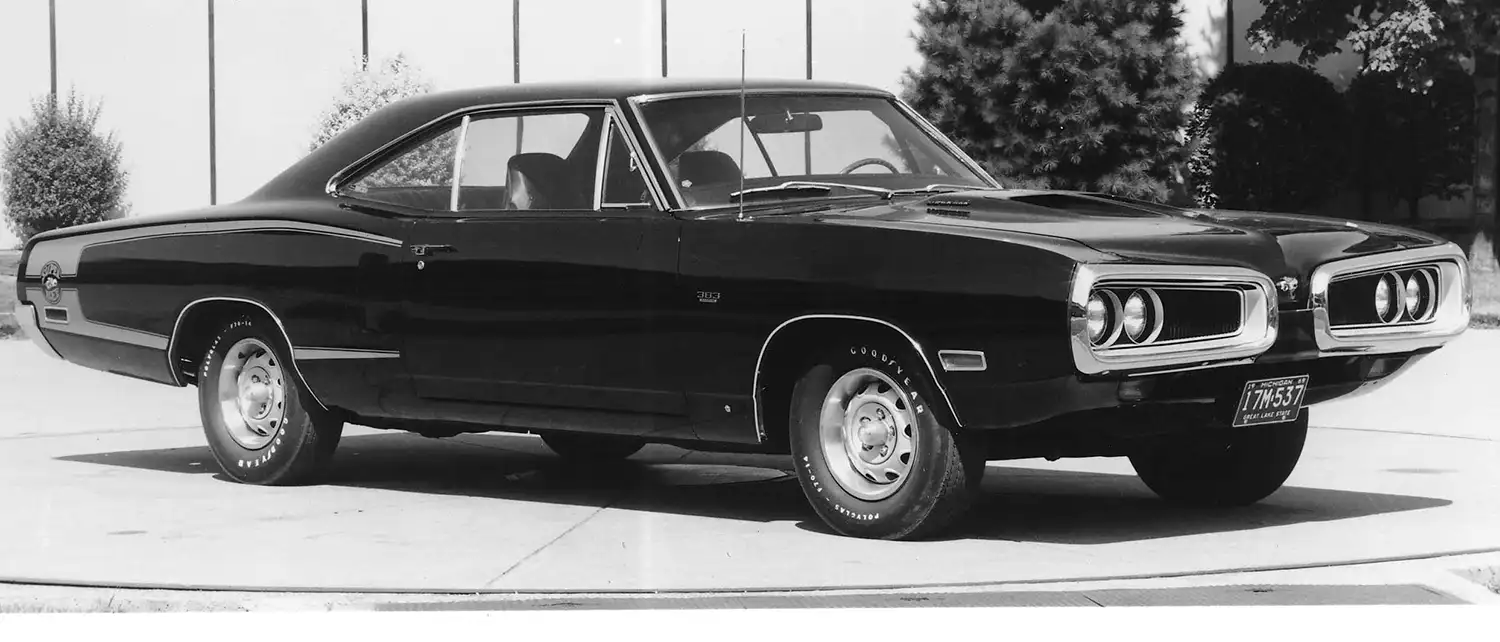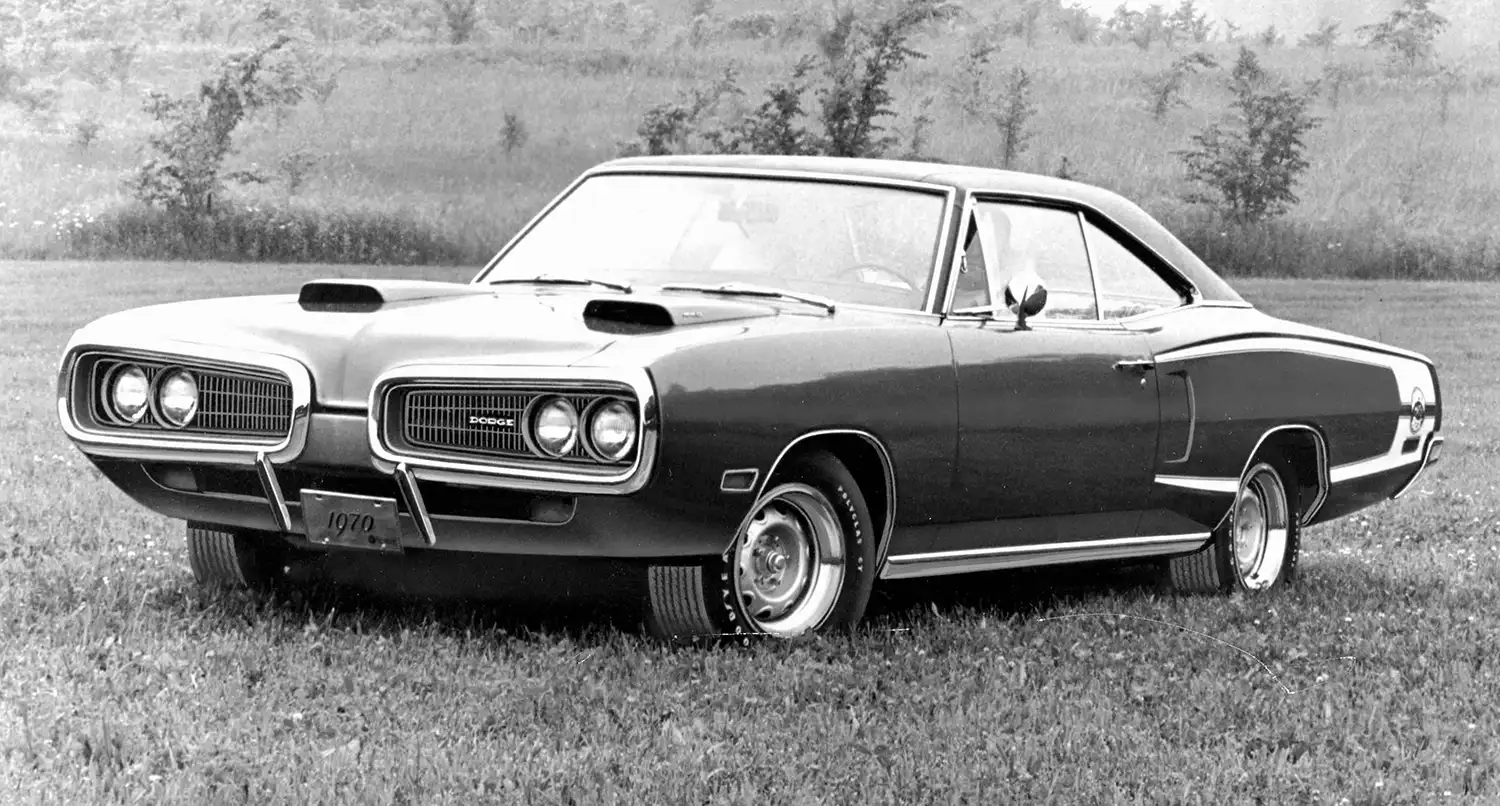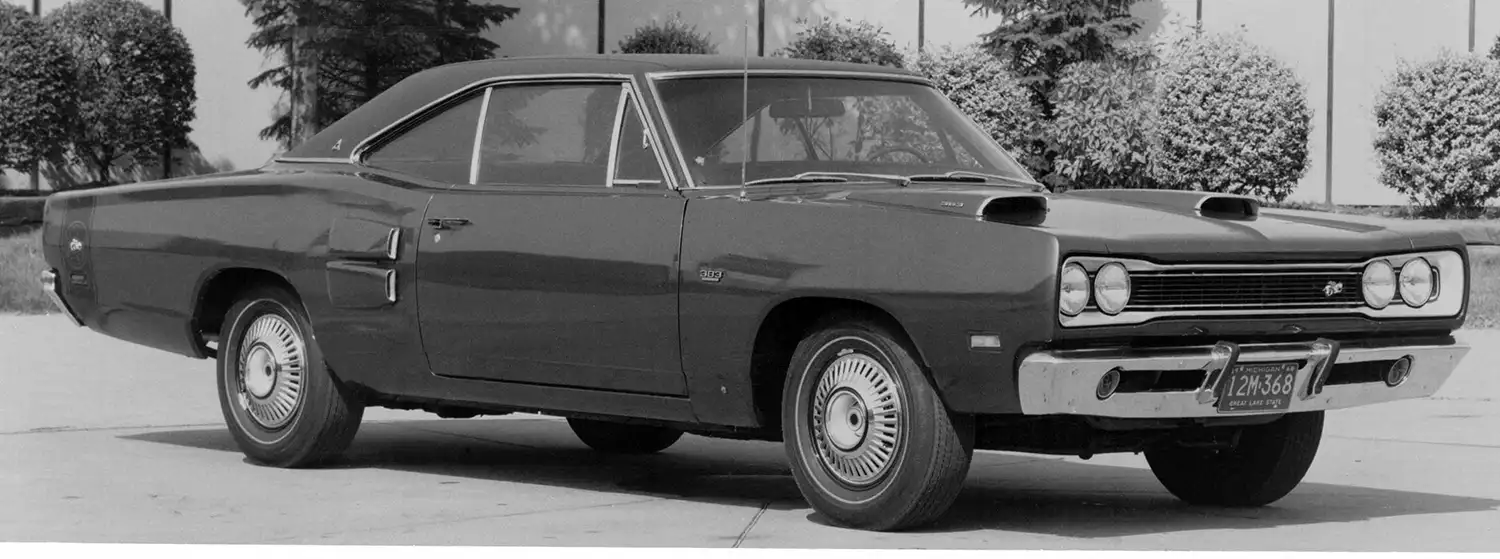
In the realm of American muscle cars, few icons shine as brightly as the Dodge Coronet Super Bee. Bursting onto the scene in 1968, this formidable machine quickly cemented its place in automotive history as a symbol of raw power and unbridled performance.
Origins and Evolution
The Dodge Coronet Super Bee emerged as a mid-year release in 1968, capturing the hearts of speed enthusiasts with its aggressive styling and potent drivetrain options. Positioned as a high-performance variant of the Coronet lineup, it boasted a distinctive bumblebee stripe adorning its rear, hinting at the untamed energy that lay beneath its hood.
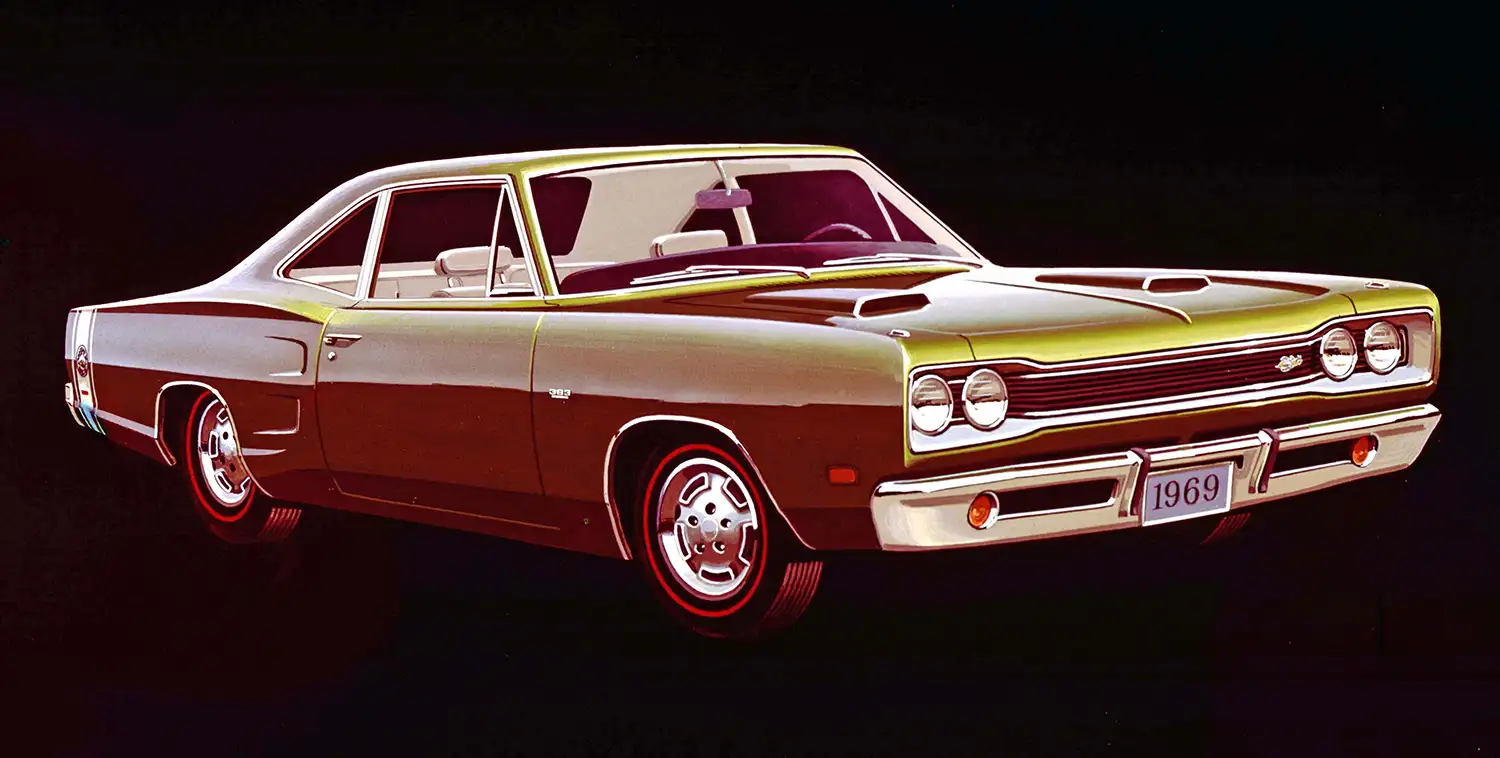
As the years rolled on, the Super Bee underwent subtle transformations, each iteration refining its aesthetic and enhancing its capabilities. In 1969, minor updates graced its exterior, while engine choices expanded to include the formidable 440 cubic inch V8, further solidifying its reputation as a force to be reckoned with on the drag strip and the open road.
The Peak of Performance
The dawn of 1970 heralded a new chapter for the Super Bee, marked by a significant redesign that elevated its status to legendary proportions. Sporting a striking wraparound rear window and refreshed front-end styling, the ’70 model year represented the pinnacle of Super Bee performance and popularity.
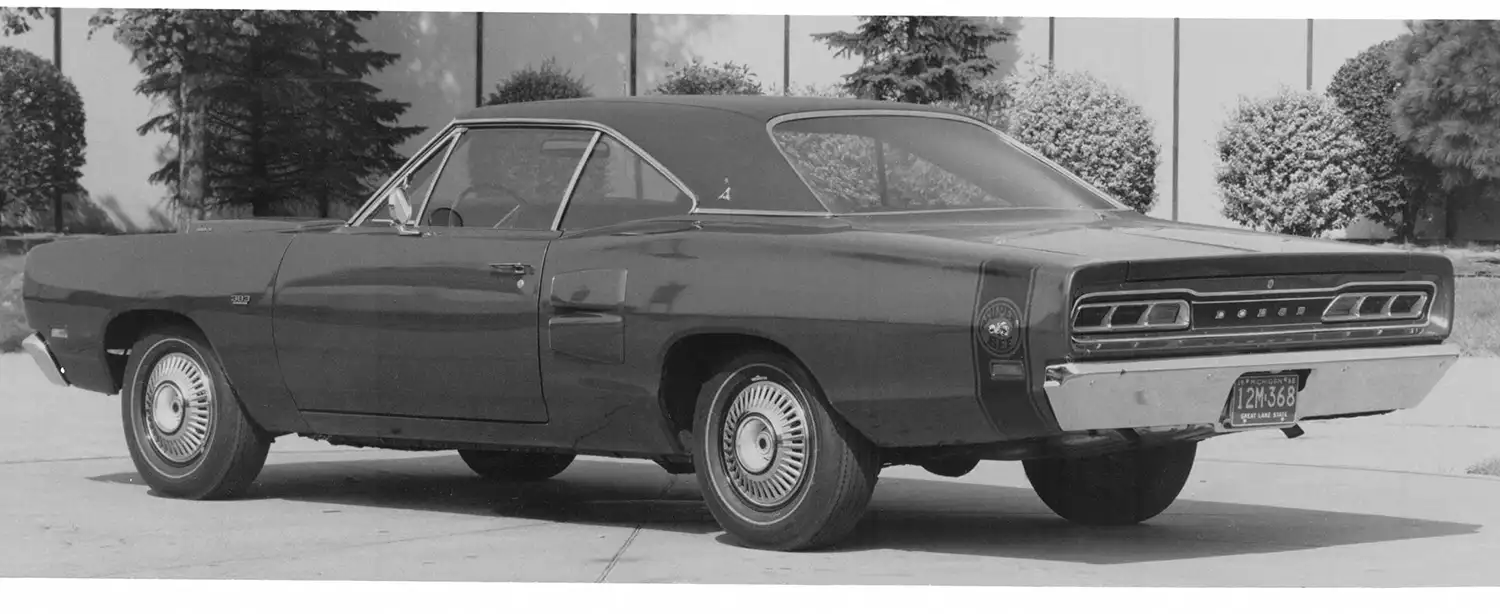
Under the hood, an array of powerhouse engines awaited, including the revered 383 cubic inch V8, the formidable 440 Six Pack, and the legendary 426 cubic inch Hemi V8. With horsepower ratings soaring and acceleration times plummeting, the Super Bee solidified its status as a true titan of the muscle car era.
Specifications and Performance
In its 1970 guise, the Dodge Coronet Super Bee boasted an impressive array of specifications that set pulses racing and hearts pounding. Engine options ranged from the formidable 383 cubic inch V8, delivering 335 horsepower, to the fire-breathing 426 Hemi V8, churning out a staggering 425 horsepower.

Transmissions options included a 4-speed manual or a 3-speed automatic, allowing drivers to tailor their driving experience to suit their preferences. Meanwhile, a heavy-duty suspension system, performance-oriented tires, and optional Ramcharger fresh air hood ensured that every journey was a thrill ride from start to finish.
Legacy and Enduring Appeal
Despite its relatively short production run, the Dodge Coronet Super Bee has left an indelible mark on the automotive landscape. Revered by collectors and enthusiasts alike, its distinctive styling and blistering performance continue to captivate audiences to this day, serving as a testament to the enduring allure of American muscle.
In conclusion, the Dodge Coronet Super Bee stands as a timeless symbol of power, performance, and passion. From its humble beginnings in 1968 to its triumphant swansong in 1971, it remains a beacon of automotive excellence, forever etched into the annals of muscle car history.
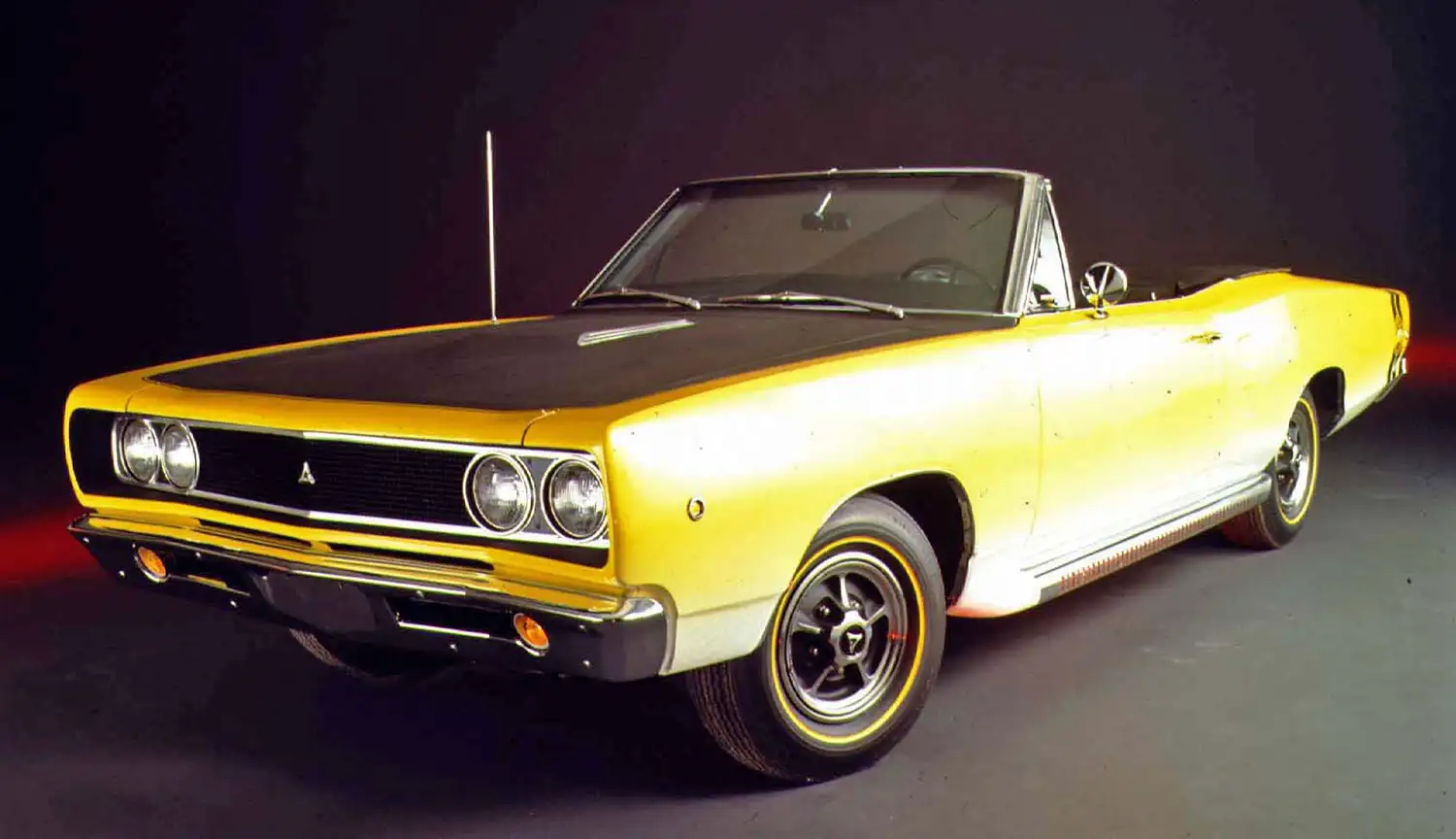
History and Timeline:
1968:
- The Dodge Coronet Super Bee was introduced as a mid-year model in 1968.
- It was positioned as a performance-oriented version of the Coronet.
- Available engines included a 383 cubic inch V8 and a high-performance 426 cubic inch Hemi V8.
- It featured unique styling elements, including a bumblebee stripe on the rear.
1969:
- The Super Bee continued into 1969 with minor updates to styling.
- Engine options expanded to include the 440 cubic inch V8.
1970:
- Major redesign for the Super Bee in 1970.
- Distinctive wraparound rear window and new front-end styling.
- Engine options included the 383, 440 Six Pack, and 426 Hemi.
- This year marked the peak of Super Bee performance and popularity.
1971:
- Final year for the original Super Bee.
- Continued to offer high-performance engine options.
- Styling changes included a new grille design.
Specifications (1970 Model Year):
- Engine Options:
- 383 cubic inch V8: 335 horsepower
- 440 Six Pack: 390 horsepower
- 426 cubic inch Hemi V8: 425 horsepower
- Transmission: 4-speed manual or 3-speed automatic
- Performance:
- 0-60 mph: Around 6 seconds (varies by engine)
- Quarter-mile time: Mid-to-high 13 seconds (varies by engine)
- Other Features:
- Heavy-duty suspension
- Performance-oriented tires and wheels
- Optional Ramcharger fresh air hood
This Article use tools from Chatgpt
